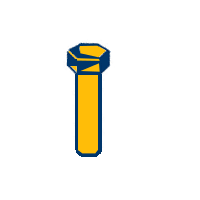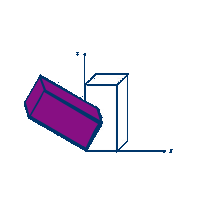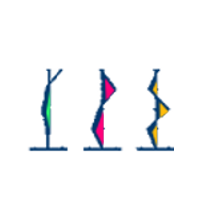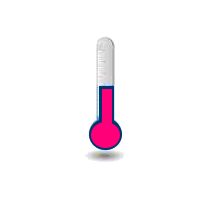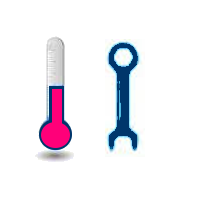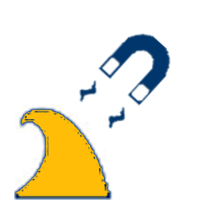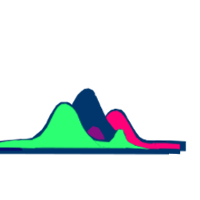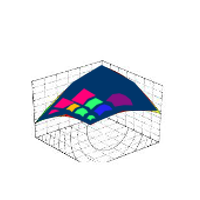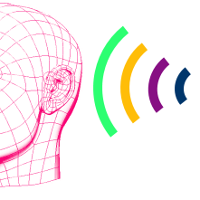Often limited to the calculation of structures by finite elements, numerical simulation helps engineers efficiently control and design structures in the development phase, and solve urgent and strategic issues in the production phase without the cumbersome installation of a complete and comprehensive test protocol.
Numerical simulation must remain a tool for understanding and quantification physical phenomena. It can be done efficiently when employed by an expert who masters the tool and its limitations, has a sharp mechanical sense and a strong ability to grasp the issues related to the profession.
If used wisely, the use of numerical simulation in mechanics will always bring a high added value. Some of its many benefits are the following: quantified mastery of influential parameters, reduced time-to-market and development costs, insurance of an optimized design.
Today simulation is more than the development of finite element models. Additional tools broaden the spectrum of possibilities, and increase the added value of numerical simulations. This is the case with optimization, sensitivity analysis, fatigue analysis, material modeling analysis, ...
The AROBAS Technologies mechanical engineers are trained in this spirit, in order to provide the best benefit technical added value / cost.
The AROBAS Technologies team offers its expertise in numerical simulation in various areas of thermal and mechanical engineering:
- Linear statics
- Nonlinear statics
- Modal analysis
- Vibratory linear dynamics
- Acoustics
- Rapid dynamics
- Fatigue
- Thermal
- Thermo mechanical
- Multi-physics
- Multi body
AROBAS Technologies also provides specific expertise in numerical simulation, such as:
- The digital plan of experiments
- The optimization of structures
- The automation of the calculation process
In addition, through these different areas of expertise, the engineers of AROBAS Technologies provide access to their own specific models, such as:
- Screw connections
- Weld beads
- Ball bearings
- Complete vehicles
- Fluid Bodies
- Complex materials




